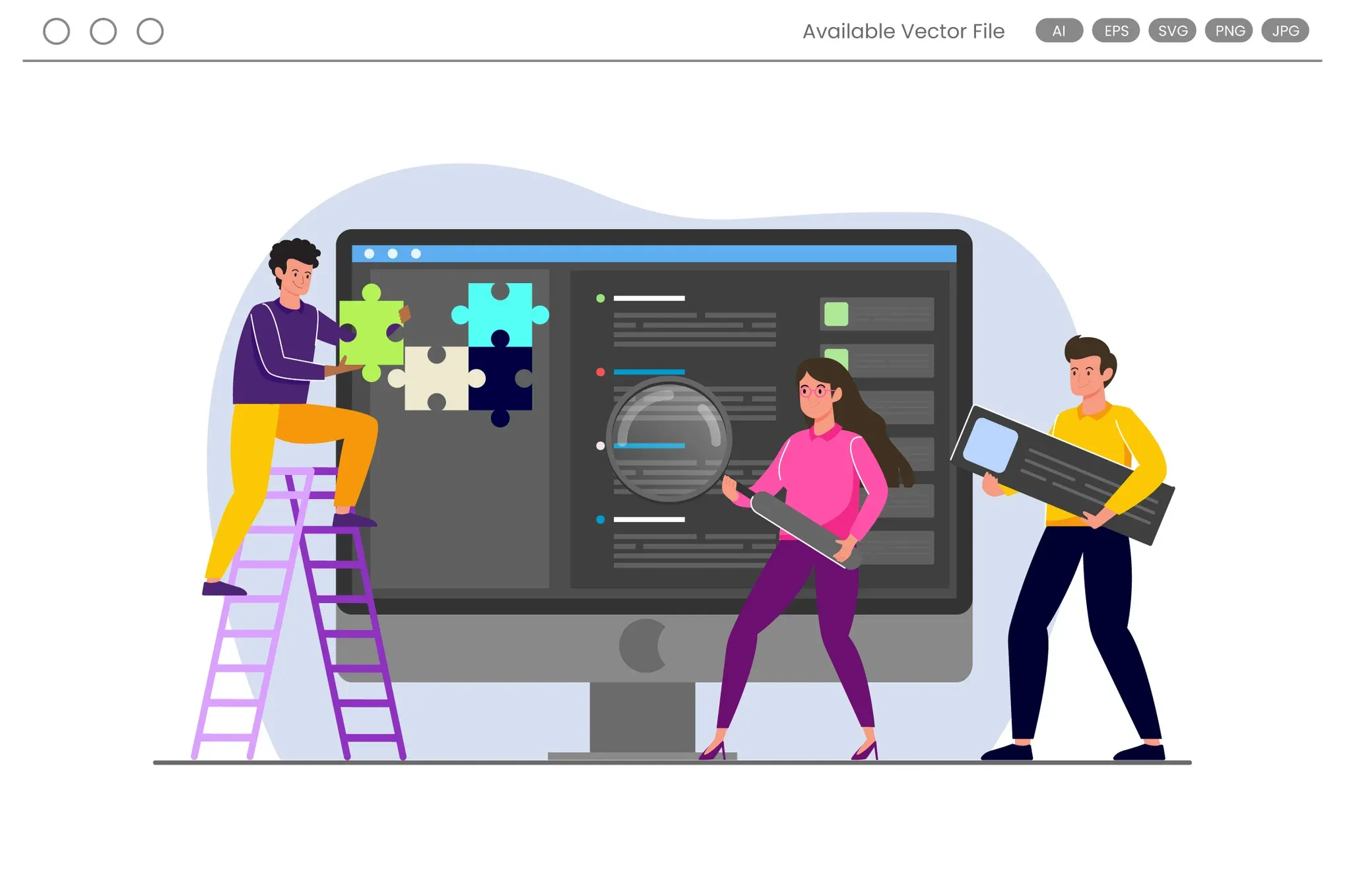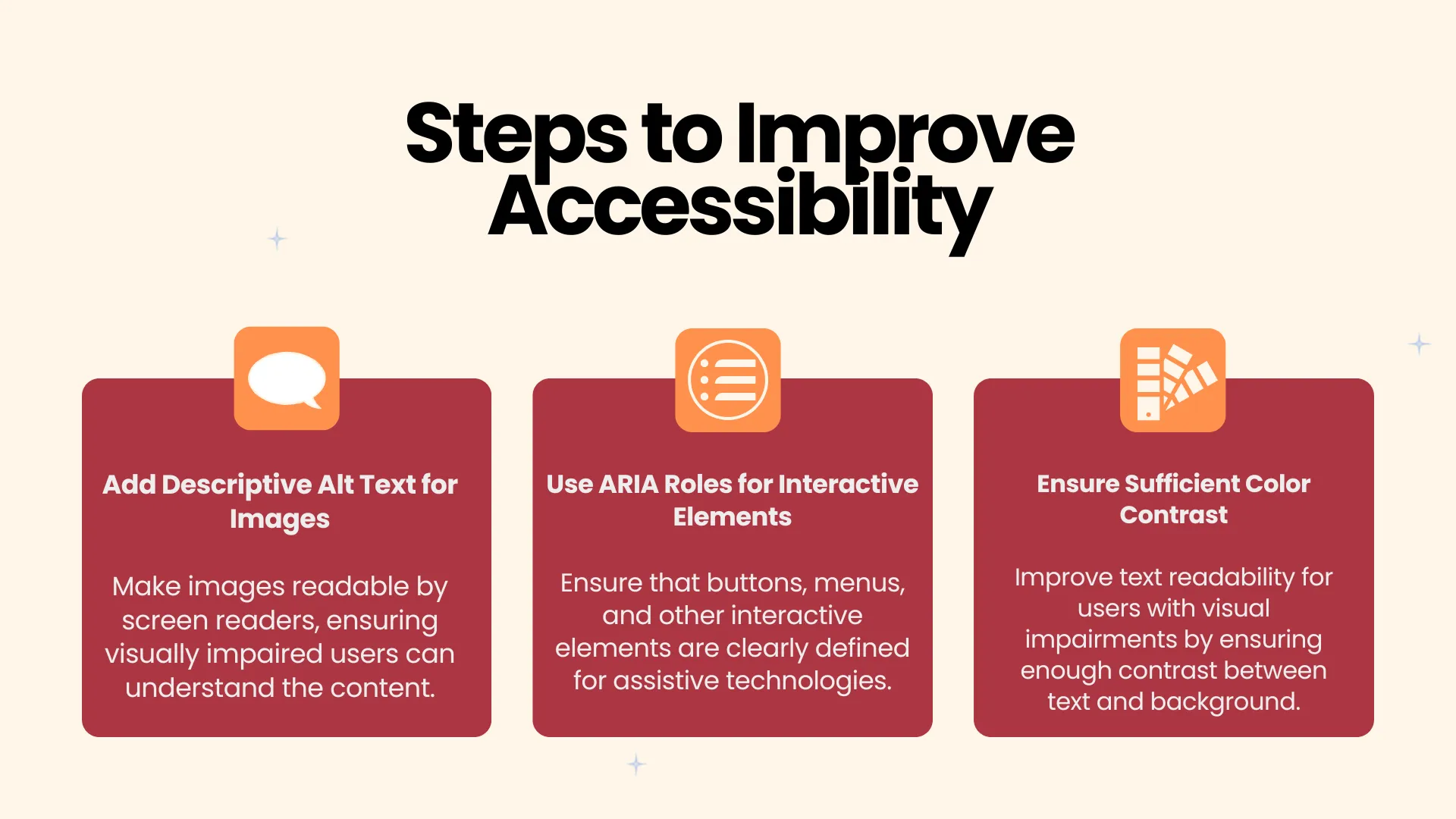

Did you know that 53% of mobile users abandon a site if it takes more than 3 seconds to load? This statistic from Google highlights the critical role technical aspects of a website play in retaining visitors. While SEO content writing focuses on crafting engaging, optimized text, technical SEO ensures your site runs smoothly behind the scenes. Together, they form the foundation of a successful SEO strategy.
This blog dives into the essentials of technical SEO. Whether you're new to SEO or looking to refine your strategies, you’ll learn how search engines work, why technical SEO matters, and discover Lexiconn’s 10 actionable tips to help enhance your website's performance and ranking potential.
Let’s get started.
How Do Search Engines Work?

Before diving into the specifics of technical SEO, it’s important to understand how search engines operate. Search engines like Google follow a three-step process—crawling, indexing, and ranking—to provide the most relevant results to users.
Search engines use automated bots, called crawlers or spiders, to scan the internet for new or updated content. These bots follow links from one page to another, creating a comprehensive web map.
Once crawlers identify a page, its content is analyzed and stored in a vast database known as the index. Only pages deemed valuable or relevant are included in the index.
When a user searches for something, search engine algorithms analyze the indexed pages to determine the most relevant results. Factors like keyword usage, page speed, and mobile-friendliness influence ranking.
Technical SEO directly impacts each of these stages:
Mastering these processes lays the groundwork for a successful technical SEO strategy.

Technical SEO refers to optimizing your website's technical aspects to ensure it aligns with search engine requirements. Unlike content or backlinks, technical SEO focuses on elements that improve your site's performance, structure, and accessibility, ensuring that search engines can effectively crawl, index, and rank your pages.
By prioritizing technical SEO, you build a strong base supporting your on-page and off-page SEO efforts. Think of it as preparing the stage for your SEO content writing to shine, a process where Lexiconn excels in optimizing content strategies for better SEO performance.

Technical SEO is the backbone of a website’s success in search engine optimization. It ensures that search engines can easily access, understand, and rank your content, while also providing a seamless experience for users. Here’s why it’s essential:
For your content to rank, search engine bots must be able to find, crawl, and index it efficiently. Technical SEO ensures:
Tip: Regularly audit your site to identify and resolve crawl errors.
Search engines prioritize websites that provide a better experience for users. Technical SEO focuses on:
Aligning with the latest search engine algorithms helps your site stand out in competitive markets. Technical SEO enables:
By addressing these areas, technical SEO improves your website’s performance and positions you as a strong contender in search rankings.

Pages that load quickly enhance user experience and can positively impact rankings. Studies show that users tend to leave websites if they take more than three seconds to load. Google considers page speed as a ranking factor, particularly for mobile search results.
To enhance page load speed:
Tip: You can analyze your website's speed and receive tailored recommendations by using tools such as Google PageSpeed Insights or GTmetrix.
An XML sitemap serves as a blueprint for search engines, ensuring they index all vital pages on your site. This is especially important for websites with extensive content or dynamic updates.
Steps to optimize and submit your sitemap:
Tip: Ensure your sitemap includes only canonical URLs and exclude duplicate or no-index pages.
The robots.txt file plays an important role in guiding search engine crawlers to focus on important content and exclude less relevant areas.
Tips for crafting an effective robots.txt file:
Tip: Test changes using Google’s Robots Testing Tool to ensure they don’t interfere with your site’s visibility.
A logical and user-friendly site architecture enhances bot crawling efficiency and ensures users can easily find what they’re looking for. A well-structured site also boosts engagement and conversions.
Key strategies to improve architecture:
Tip: Conduct a crawl using tools like Screaming Frog to identify areas where your architecture can be improved.
Websites using HTTPS protocols provide a secure browsing experience by encrypting data transfers, making them more trustworthy to users and search engines. Google prioritizes secure sites in its rankings, especially for sites handling sensitive information.
Steps to secure your site with HTTPS:
Tip: Check your site’s HTTPS implementation using the Security Issues report in Google Search Console.

Accessible websites cater to all users, including those with disabilities, while improving overall usability and compliance with web standards like WCAG. Accessible sites also tend to perform better in search rankings.
Steps to improve accessibility:
Tip: Use auditing tools like WAVE or Axe to identify accessibility gaps and resolve them effectively.
Schema markup helps search engines interpret your content more effectively, allowing your site to appear in rich search features like snippets, reviews, and FAQs. This can significantly boost your visibility and click-through rates.
Examples of schema markup:
Tip: Validate your structured data using Google’s Rich Results Test to ensure proper implementation.
Internal links help search engines understand your site structure and improve the ranking potential of your key pages. They also enhance user navigation and keep visitors engaged longer.
Strategies for adding internal links:
Tip: Aim for at least 2-3 internal links per page to distribute link equity effectively.
Broken links harm the user experience and your site's credibility with search engines. Addressing them promptly helps maintain site health and ensures seamless navigation.
Steps to fix broken links:
Tip: Keep a dedicated maintenance schedule to address broken links proactively.
With mobile-first indexing, Google evaluates and ranks websites based on their mobile versions, making mobile optimization a necessity. A mobile-friendly site enhances usability and keeps users engaged.
Steps to optimize for mobile:
Tip: Regularly review your mobile analytics to identify and fix user experience issues.
Technical SEO forms the backbone of a robust digital presence, ensuring your website is optimized for users and search engines. From faster page loads to secure connections, each improvement boosts your site's credibility, visibility, and user experience. You can achieve better rankings and sustained growth by aligning your efforts with search engine requirements.
Consistency is the secret to long-term success. Regular audits and updates ensure your site adapts to evolving algorithms and user behaviors. Start by implementing these tips, focusing on the most impactful areas of your website’s needs.
Ready to enhance your website’s technical SEO? At Lexiconn, we specialize in helping businesses optimize content for better SEO performance. Visit us at www.lexiconn.in or drop us a line at [email protected]. Lexiconn also offers a free 30-minute content consultation session to help you with your content strategy.



I have read and accept the Privacy Policy
Read More